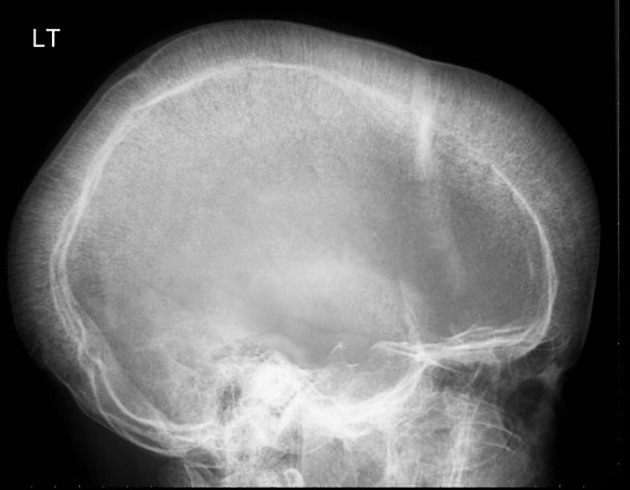Iron deficiency anemia (IDA) is a common cause of anemia and a common precipitant to radiological investigation.
On this page:
Epidemiology
Amongst men and postmenopausal women, the incidence in the developed world is around 2%. Among premenopausal women, the incidence is greater and in most cases, investigation is not required.
Clinical presentation
In addition to the general clinical features of anemia, patients may have koilonychia, atrophic glossitis, and pica for ice (pagophagia) 3. There is also a clinical association with restless legs syndrome 3.
Pathology
Etiology
Causes may be related to excessive losses (most common), reduced iron absorption, reduced iron intake, or increased iron requirements 3:
-
blood loss
gastrointestinal bleeding, e.g. colorectal carcinoma, peptic ulcer disease, diverticulosis
menstruation
bleeding from elsewhere, e.g. causes of hematuria or hemoptysis
iatrogenic, e.g. repeated blood donations or blood tests
-
reduced iron absorption
intestinal mucosal dysfunction, e.g. celiac disease, inflammatory bowel disease
atrophic gastritis
Helicobacter pylori infection
altered anatomy, e.g. post-bariatric surgery
-
reduced iron intake
insufficient dietary iron
pica due to geophagia
-
increased iron requirements
pregnancy
growth, e.g. during childhood or adolescence
chronic kidney disease managed with erythropoietin
-
others
iron refractory iron deficiency anemia
Investigations may include:
urinalysis
celiac screening
endoscopy: upper GI endoscopy (gastroscopy), colonoscopy (or sigmoidoscopy)





 Unable to process the form. Check for errors and try again.
Unable to process the form. Check for errors and try again.